Transaction Parser - Banking Transaction Parsing
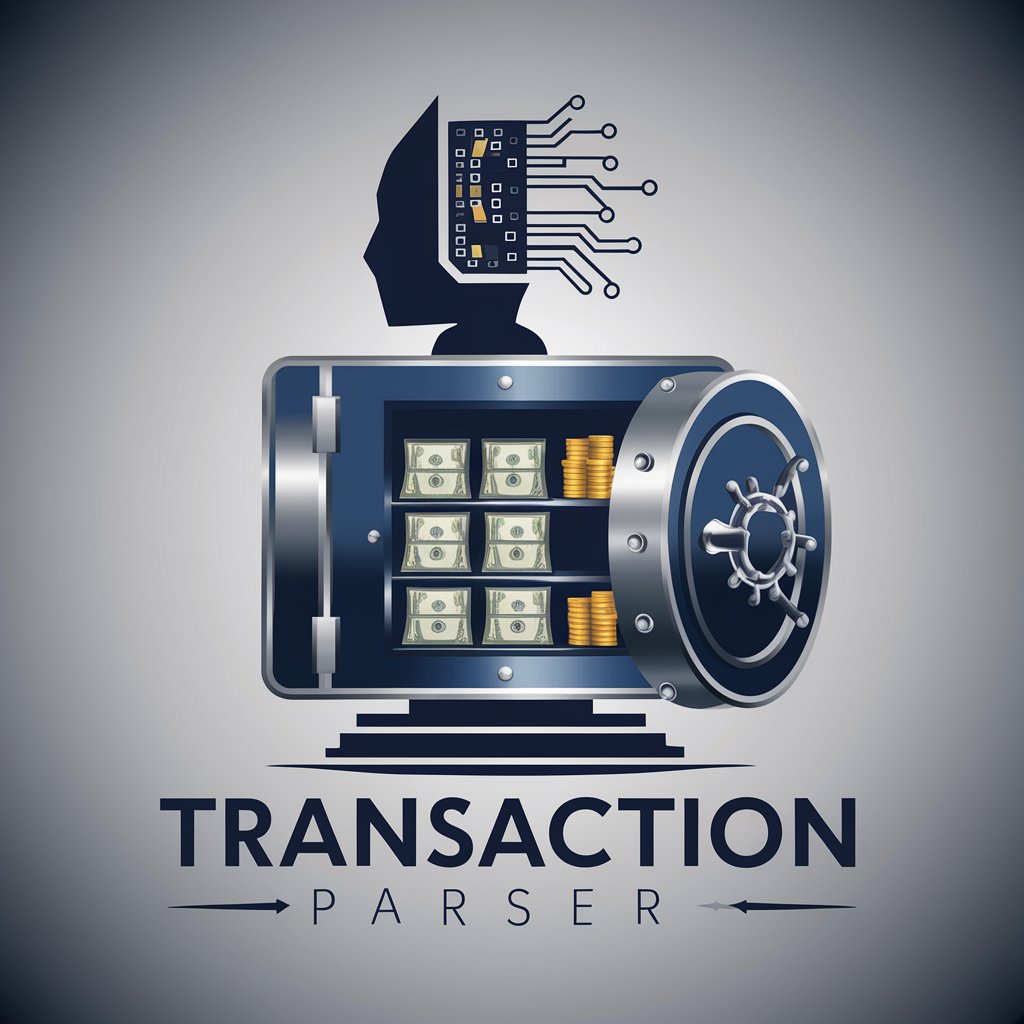
Welcome! I'm here to help organize your banking transactions.
Transforming Transactions with AI-Powered Parsing
Parse the following banking transaction:
Categorize this transaction:
Identify key details in this transaction:
Convert this banking transaction into a structured format:
Get Embed Code
Overview of Transaction Parser
Transaction Parser is designed to streamline the process of converting raw transaction data from banking exports into a structured, easy-to-use format for budgeting and financial analysis applications. Its core functionality revolves around parsing transaction lines, which typically include dates, amounts, payees, and sometimes categories, into a standardized format. This involves recognizing and extracting information from a variety of transaction formats, standardizing date and currency formats, identifying the transaction category (e.g., groceries, utilities, dining out) based on predefined lists, and determining the payment method (e.g., debit card, credit card, bank transfer) where possible. For instance, a transaction line reading '2023-09-15 WALMART 403 PAYMENT $23.56' would be parsed into a structured format that clearly identifies '2023-09-15' as the date, 'WALMART 403' as the payee, '$23.56' as the amount, and 'PAYMENT' potentially indicating a debit card transaction, with a category likely related to 'Groceries' or 'General Shopping'. Powered by ChatGPT-4o。

Core Functions of Transaction Parser
Date and Amount Parsing
Example
For a transaction listed as '2023-09-15 AMAZON MKTPLACE PMTS AMZN.COM/BILL WA $89.99', the parser extracts '2023-09-15' as the date and '$89.99' as the amount.
Scenario
Useful in importing transaction data into financial software where transactions need to be sorted by date and amount for budget tracking and reporting.
Payee Identification and Categorization
Example
From '2023-08-20 UBER *TRIP HELP.UBER.COM CA $27.00', it identifies 'UBER *TRIP' as the payee and categorizes the transaction as 'Transportation'.
Scenario
Helps users to automatically categorize their spending into predefined budget categories for easier management and analysis.
Payment Method Detection
Example
A transaction '2023-07-30 CHEVRON 205399 QPS $60.00' could imply a payment made via 'Credit Card', depending on the user's predefined payment methods.
Scenario
Allows users to track and manage expenses by the payment method used, aiding in financial planning and control.
Transaction Correction and Learning
Example
If a user corrects a categorization from 'Dining' to 'Groceries' for a transaction at 'WHOLE FOODS', the parser learns to categorize future transactions at 'WHOLE FOODS' accordingly.
Scenario
Enhances the accuracy of automatic categorization over time, reducing the need for manual corrections and making budget tracking more efficient.
Who Benefits from Transaction Parser?
Individuals Managing Personal Finances
People looking for a detailed and automated way to track their personal spending and budget. They benefit from the parser's ability to break down bank statements into categorized transactions, making it easier to identify spending habits and adjust budgets accordingly.
Small Business Owners
Owners who need to categorize and analyze their expenses for budgeting and tax purposes. The Transaction Parser can save time by automatically categorizing transactions, reducing the manual work of sorting through bank statements.
Financial Analysts and Advisors
Professionals who require detailed transaction data to provide personalized financial advice or to conduct financial analysis. The parser's ability to standardize and categorize transaction data helps in creating accurate financial reports and analyses.
Budgeting and Financial Planning App Developers
Developers integrating banking transactions into their applications can leverage the Transaction Parser to provide users with categorized spending insights, enhancing the app's functionality and user experience.

How to Use Transaction Parser
1
Begin by accessing yeschat.ai for an obligation-free trial, requiring no login or ChatGPT Plus subscription.
2
Upload your banking transaction export file in a supported format (CSV, QFX, or OFX) to the Transaction Parser interface.
3
Review the automatically categorized transactions. Use the option to manually correct any misclassifications to improve future accuracy.
4
Apply filters based on date, category, or payment method to analyze your spending habits or prepare reports.
5
Export the parsed transactions into your preferred format (CSV, JSON) for use in budgeting applications or financial analysis.
Try other advanced and practical GPTs
Información para pacientes - Artritis Reumatoide
Empowering RA patients with AI-driven insights

Arthritis Advisor
Empowering Arthritis Management with AI

Arthritis
Empowering arthritis management through AI.

Bioinformatics Engineer
Empowering Arthritis Research with AI

Health Navigator Arthrisis
AI-powered health management assistant

Racing
Bet smart with AI-powered racing insights.

Parser Lang Expert
Enhancing your Parser coding experience with AI-powered assistance.
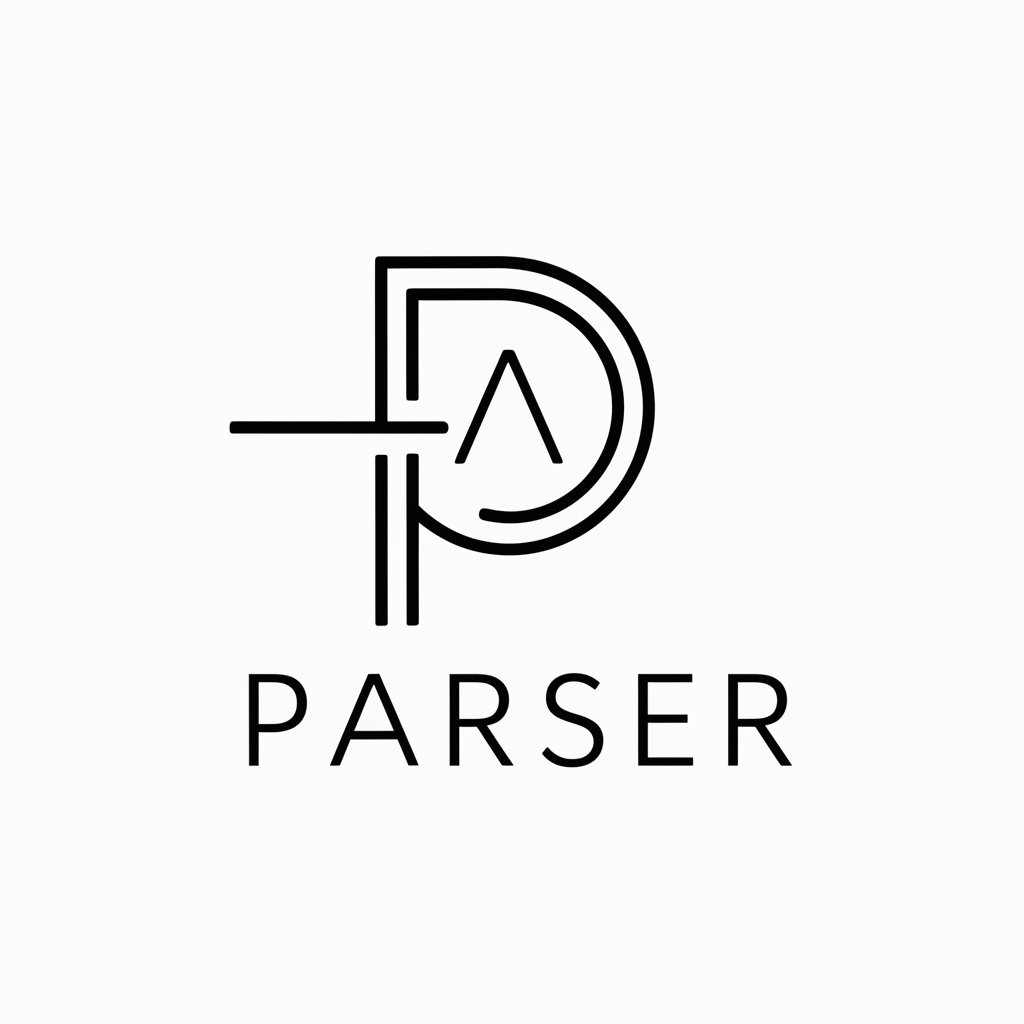
Resume Parser
Streamline Your Hiring with AI-Powered Resume Parsing

English Parser
AI-powered English comprehension and improvement tool.

Deep Parser
Unveiling Insights with AI-Powered Analysis
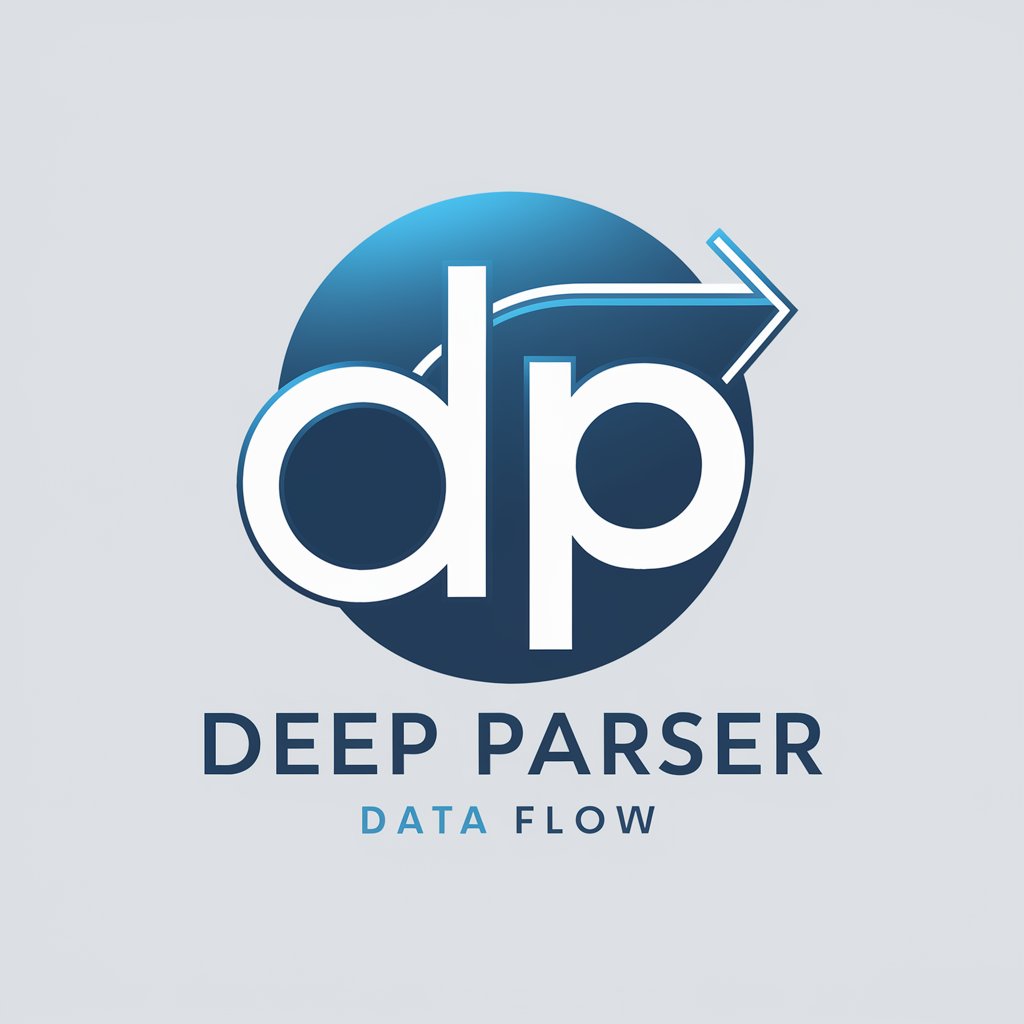
Math Parser
Simplify math to LaTeX with AI
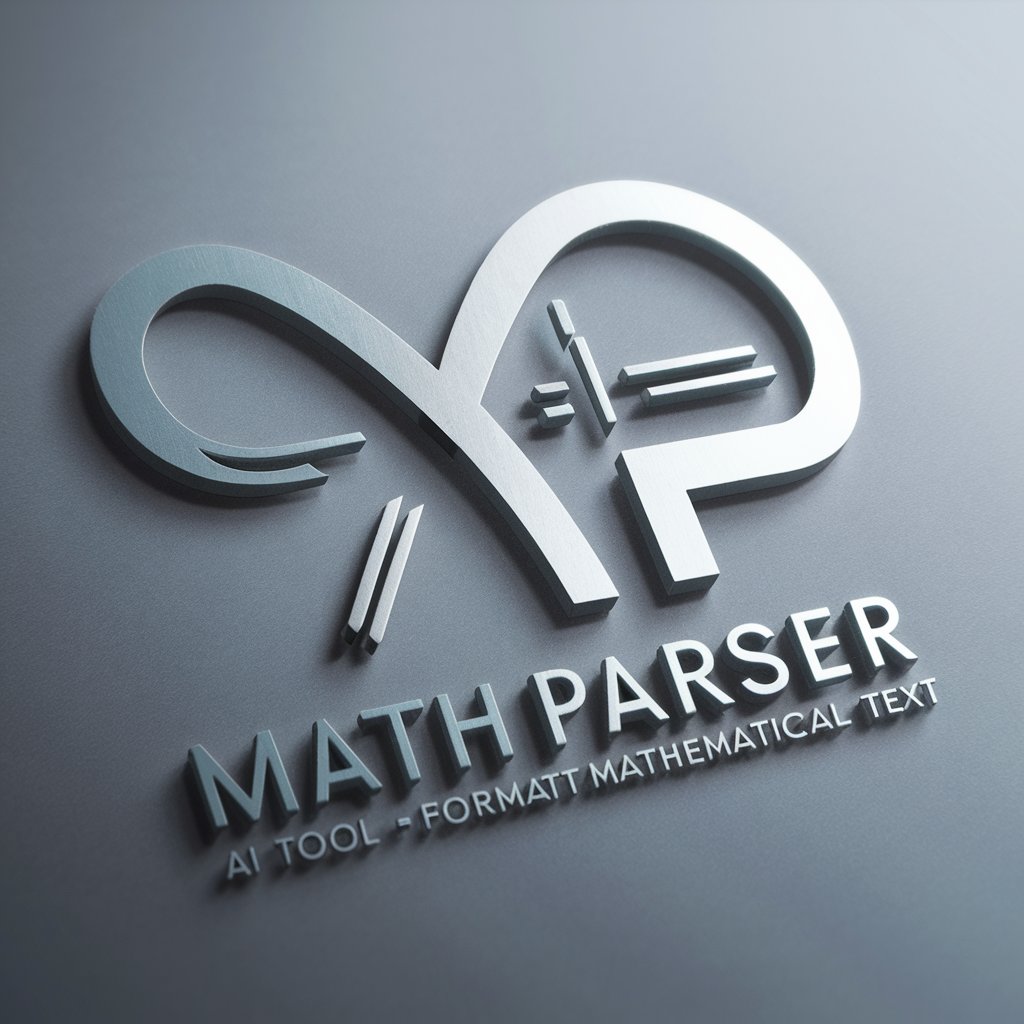
Parsed
Decipher Complex Data Instantly
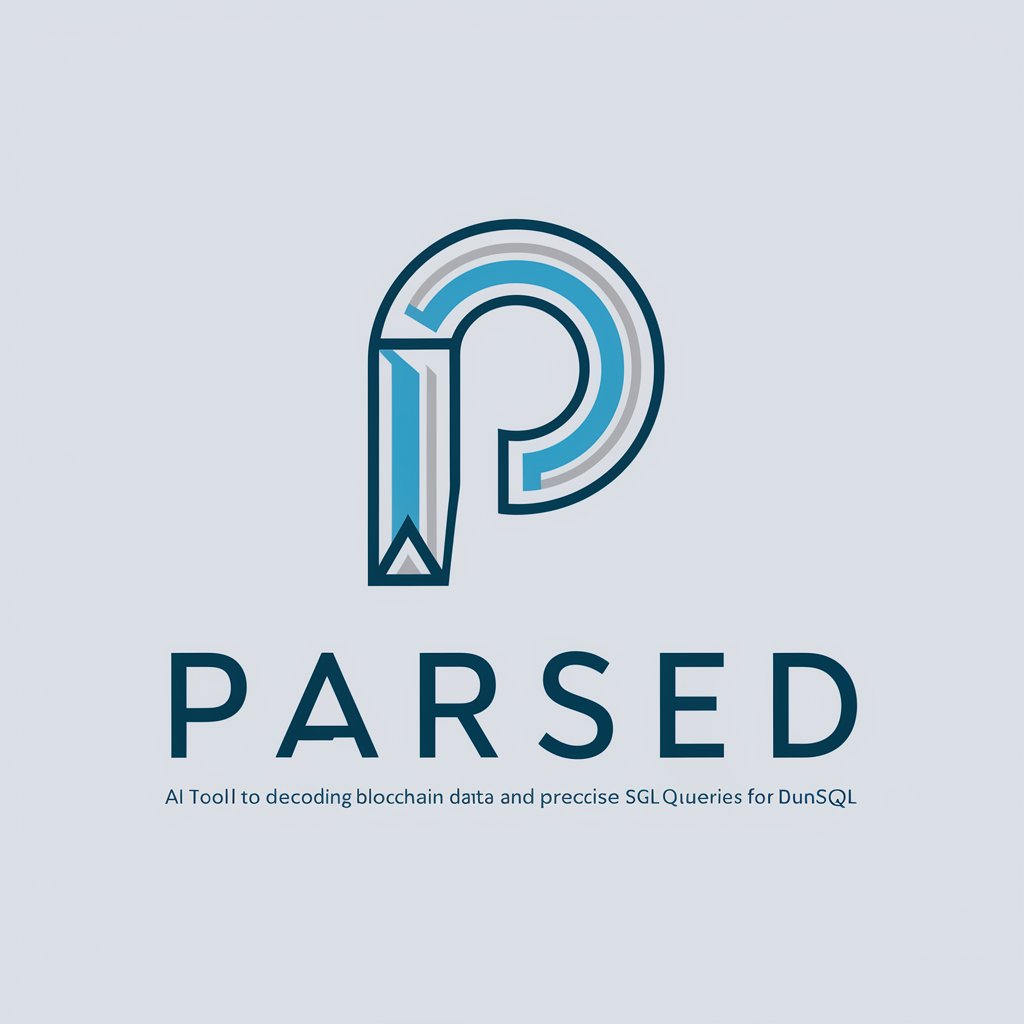
Frequently Asked Questions about Transaction Parser
What file formats does Transaction Parser support?
Transaction Parser supports CSV, QFX, and OFX file formats for uploading banking transaction exports.
How does Transaction Parser categorize transactions?
Transaction Parser uses a combination of machine learning algorithms and predefined rules based on 'categories.json' and 'payment_methods.json' to accurately categorize transactions.
Can I correct a misclassification in Transaction Parser?
Yes, users can manually correct any misclassifications. These corrections are utilized to improve the accuracy of future parsing.
Is there a way to filter transactions in Transaction Parser?
Yes, Transaction Parser allows filtering of transactions based on various criteria like date, category, or payment method to aid in financial analysis.
How can I export parsed transactions for use in other applications?
Parsed transactions can be exported in CSV or JSON formats, making them easy to import into budgeting software or for further financial analysis.
